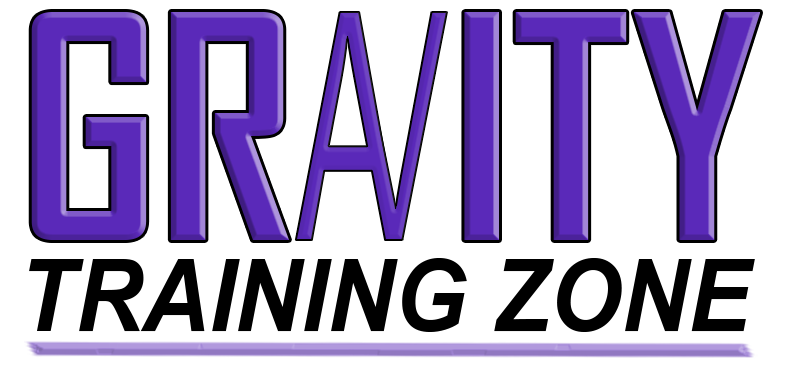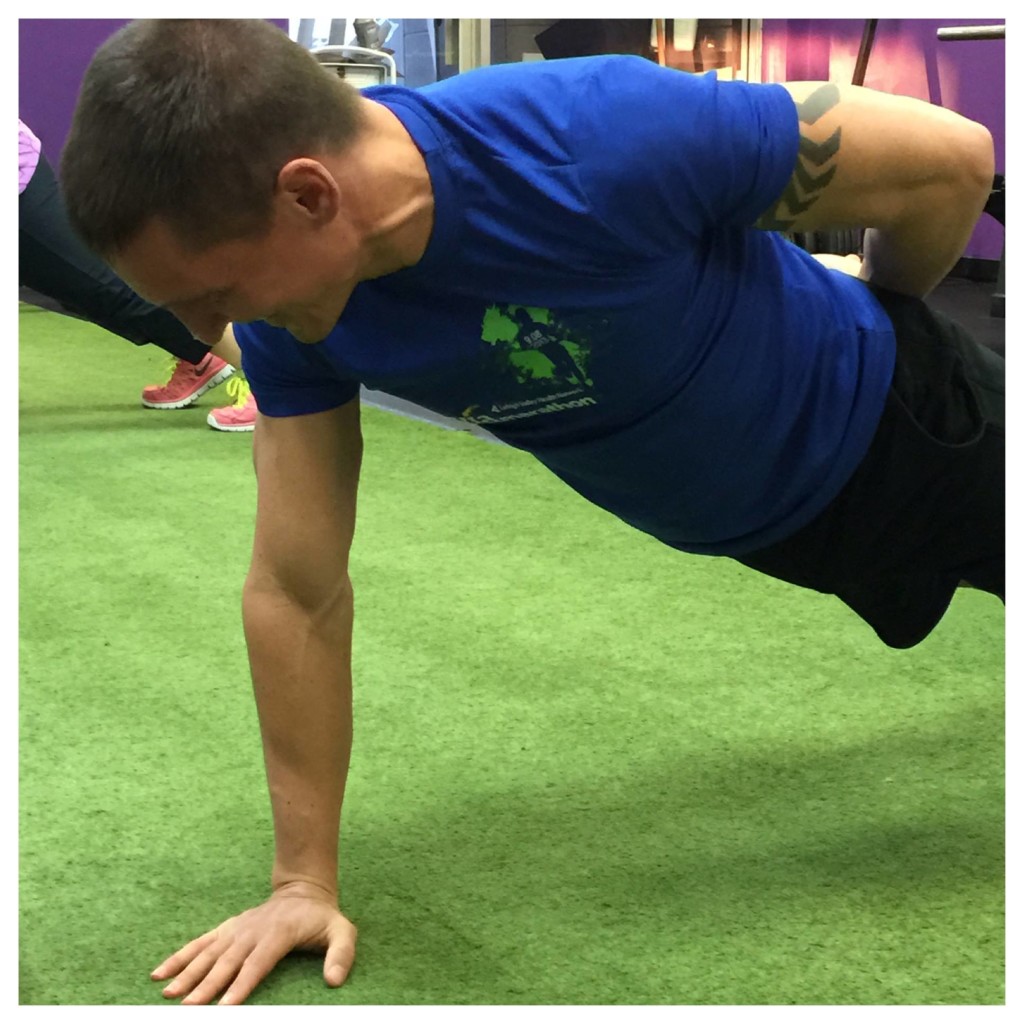You may have the best intentions in the world. You’re 110% committed to getting the kind of body you’ve always wanted, you’re ready, willing and able to make it to the gym three, four or five times per week and you’ve dedicated yourself to eating right. This is a great start, but before you set foot in the gym, there’s something you need to know: form.
Form?
Yes, form. You see, it’s not just the exercises you do in your workout that matter, it’s how you do them. Proper form leads to good results, while bad form means at best getting less from your workout than you want and at worst, improper form could spell a serious injury. Working out doesn’t have to be dangerous and proper form is easier than you might think. Keep reading for a brief guide to proper form for some of the most common exercises.
Planking
Planks are excellent exercise for your core muscles, but poor form here can lead to spinal compression and some serious pain. It’s not too hard to do this exercise right, fortunately. You can prevent spinal compression by keeping your head and midsection up. Keep your core and shoulder muscles tight so that your body forms a straight line running from your ankles to the top of your head.
Dead Lifting
One of the most common of weight training exercises, dead lifting can be very dangerous if done improperly; lower back injuries are among the most common consequences of improper form. To make sure that you’re dead lifting properly (and safely), imagine a straight line running the length of your spine as you lift. If your pelvis is sliding away from the bottom of this imaginary line, your form is off.
Jogging/Running
Jogging and running are great cardio workouts, but if they’re not done properly, they can place a lot of unnecessary strain on your body, especially on your knee joints. If you’re going to hit the track, the trails or the sidewalks, jog or run safely – decrease the length of your stride and pick up the pace. This may be counterintuitive for runners, but it goes a long way towards reducing the impact that this exercise has on joints and muscles and can minimize your risk of injury.

